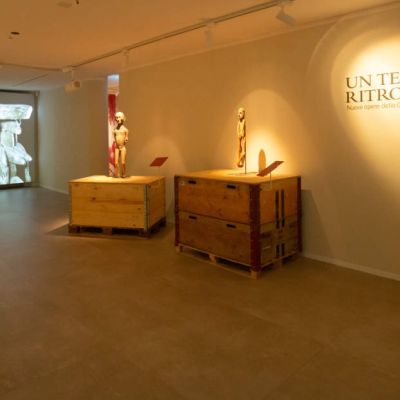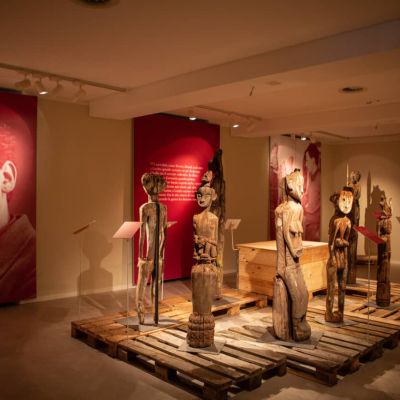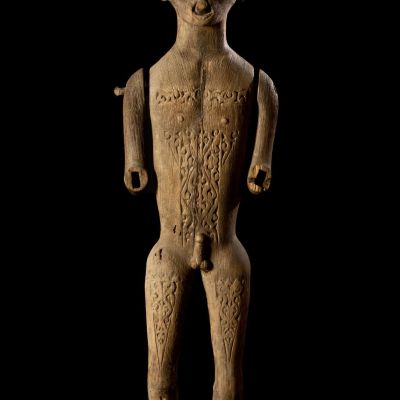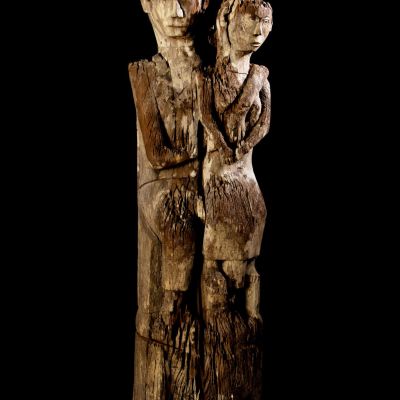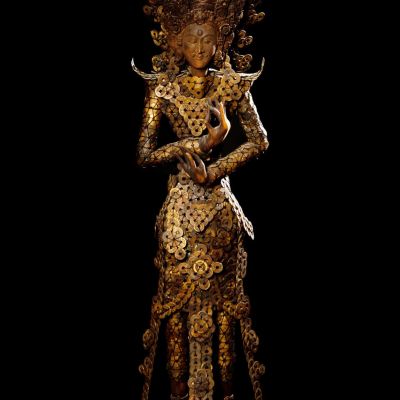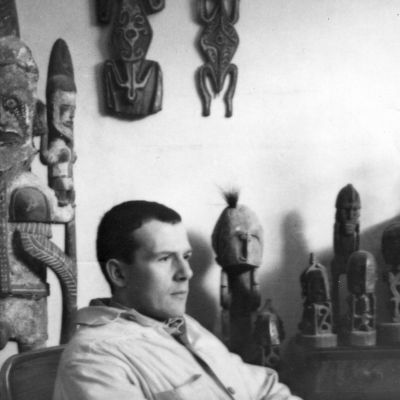15 FEBRUARY 2019 – 08 MARCH 2020
MUSEC, VILLA MALPENSATA, SKY SPACE (SECOND FLOOR)
After 20 years, Lugano rediscovers some masterpieces from the Brignoni Collection. The Bern Kunstmuseum has in fact donated to MUSEC 25 masterpieces of ethnic art that belonged to the Ticino surrealist artist Serge Brignoni and that until a few days ago were kept at the Musée d’Ethnographie in Neuchâtel. At the end of 1998, Serge Brignoni decided to donate part of his collection to the Bernese museum. In 2018, with great generosity and spirit of collaboration, the Kunstmuseum decided to donate these 25 masterpieces from Indonesia, Oceania and Africa to MUSEC, which are now reunited with the large nucleus donated by Brignoni to the City of Lugano in 1985 and already kept at MUSEC. The exhibition itinerary has consequently been imagined to give the visitor the possibility of looking at the hidden meanings and riches of which the work of art is, first and foremost, the material result. We have tried, in other words, to share a joy with the visitor. Not only that of those who experience the Museum as their own professional and human experience, but also that which, probably, must have been Brignoni’s joy: to discover and possess expressions of creativity that expressed, to such a high degree, his aspirations and the ideals of an entire generation of artists in search of an escape from the figurative realism that had conditioned centuries of European art. This is why the works are displayed as if they had just been unpacked. And that is why next to each one there is a long description. We have imagined the title of the card to suggest the emotion of those who, of the work, perceive first of all a unitary value.
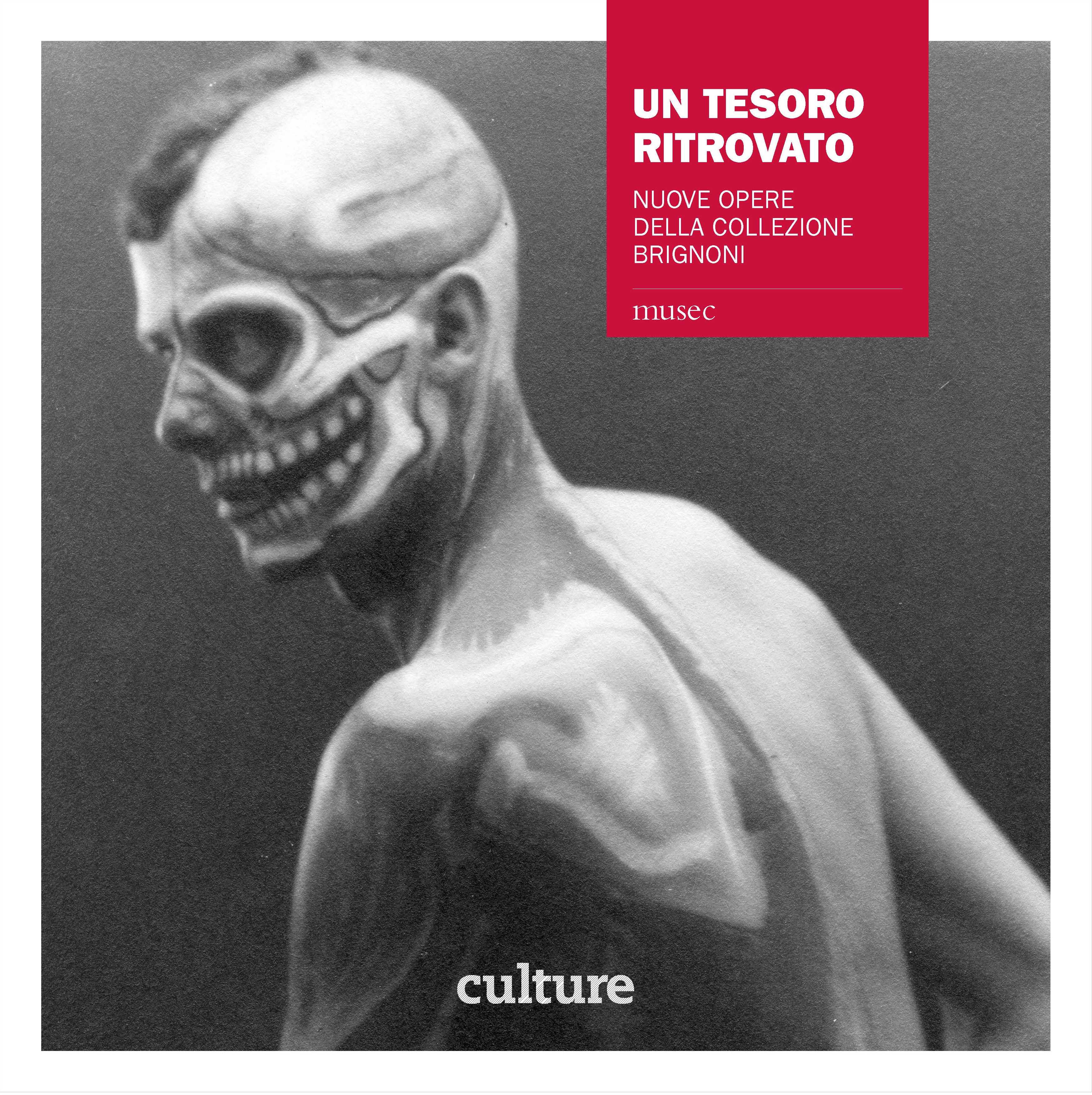
A rediscovered treasure
The idea of creating the Museo delle Culture was born in 1984. At that time, Serge Brignoni decided to donate what was left of his extraordinary collection of ethnic art to the City of Lugano, on the condition that a suitable location would be designated for it and that a museum would be created there. The chosen venue was the Heleneum, a beautiful neo-classical villa on the lakeshore, right at the beginning of the path from Castagnola to the old village of Gandria. It took five years for a group of young scholars, under the vigilant supervision of Brignoni himself, to complete the undertaking. Thus, on 23 September 1989, the Museum opened to the public. From the outset, Brignoni’s ‘primitivist’ concept conflicted with the more markedly anthropological vision of the group that had supported the opening of the Museum. Brignoni was somehow interested in emphasising how the works exhibited at the Heleneum were part of the sources that had renewed the artistic languages of the 20th century. The young researchers, on the other hand, saw it above all as an opportunity to build up a centre of competence dealing with non-Western cultures and societies, as did most other Swiss and European ethnological museums. It was not simply a difference of views: two real paradigms were being compared. On the one hand, the visionary nature of the artist who had shared his passion for art nègre with Giacometti and Miró; on the other, the idea of introducing an actor into the cultural fabric of Ticino who supported the themes of multiculturalism and sustainability. The results of the first years of management of the newly founded organisation showed that both perspectives were probably too ambitious for the socio-cultural reality and local interests of the time. And if on the one hand this caused a gradual crisis in the management project (which was only restarted in 2005), on the other hand it led Brignoni to become somewhat disamoured with a creature he could no longer see as truly his own. Of the original eight hundred works he had planned to donate to the City of Lugano, 541 arrived at the time of the opening and another 127 in the following years. A fairly important part of the collection remained in his home in Bern, was sold or was destined elsewhere. The most important of the cores that did not reach Lugano was donated at the end of 1998 to the Kunstmuseum Bern, which, in turn, shortly afterwards decided to deposit it at the Musée d’ethnographie in Neuchâtel. One of the highlights of the ‘rebirth’ of the Museum of Cultures was to reconnect with the main collection that had been separated from it. This took over ten years of work. Ten years in which the passion, the quality and the results of our research in the field of the anthropology of art convinced everyone that the vision cherished by Serge Brignoni had finally found its home at Villa Malpensata and that it would therefore be worthwhile to reunite with what had been divided.


